BMW Isetta Classic Cars for Sale
The BMW Isetta, affectionately known as the "Bubble Car", is a true icon of its time, beloved in the 50s and 60s. Originally developed by the Italian company Iso and produced under license by BMW in Germany, the Isetta played a crucial role in saving BMW during financial difficulties. With its unique design, "elephant foot" tail lights, and remarkable fuel consumption of only 3.3 l/100 km, it quickly garnered attention as the world’s first mass-produced 3-liter car. Interested in learning more about this fascinating piece of automotive history?
Résultats de la recherche

1957 | BMW Isetta 250
BMW Isetta 250 | Uitvoerig gerestaureerd | 1957

1958 | BMW Isetta 250
Cult classic: BMW Isetta 250 - driving fun in small format!
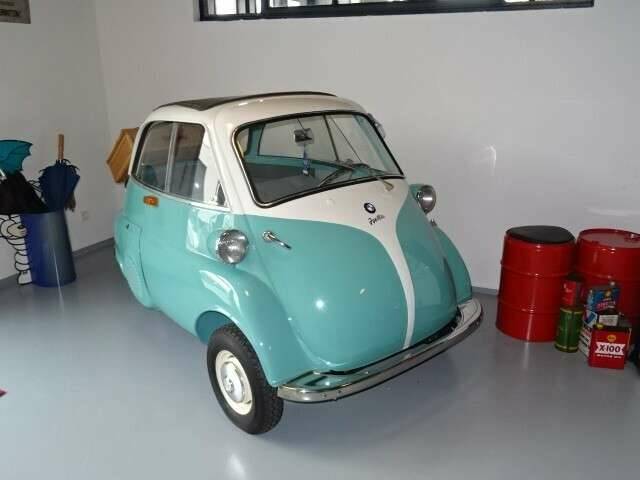
1958 | BMW Isetta 250
BMW 250
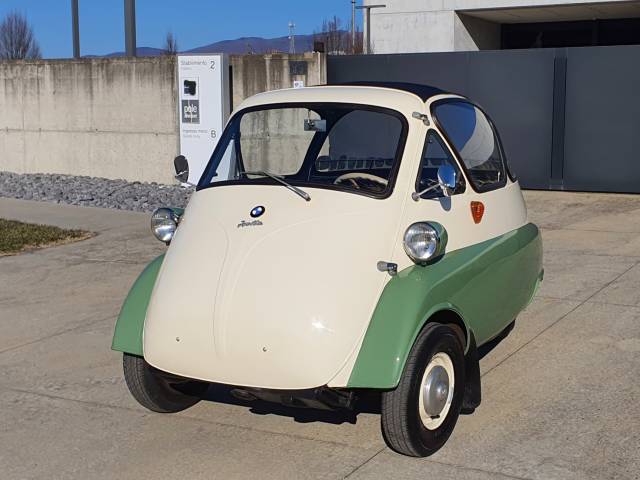
1955 | BMW Isetta 250
Wonderfull combination of color's !!
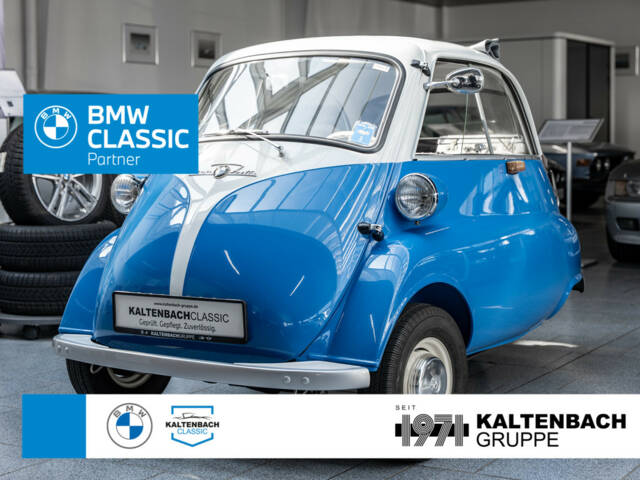
1959 | BMW Isetta 300
Tricycle Special fully restored No. 367 of 1605 built
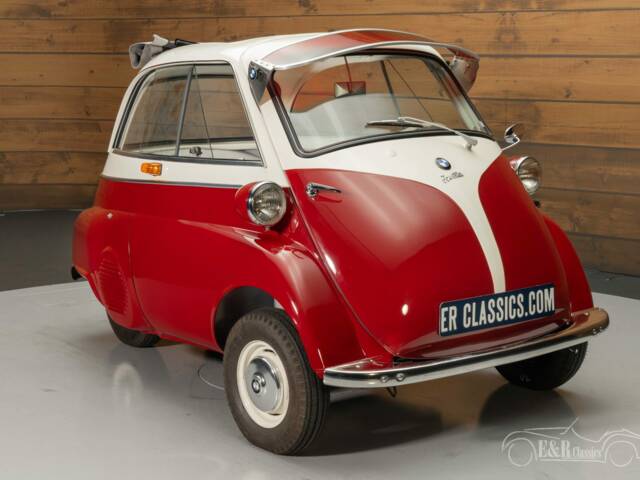
1957 | BMW Isetta 250
BMW Isetta 250 | 1957
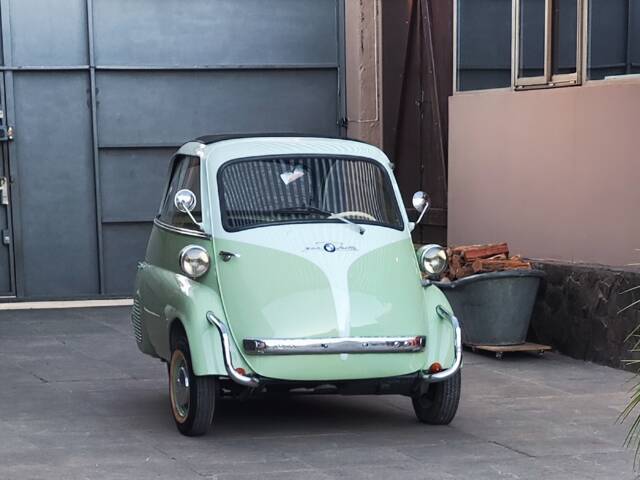
1961 | BMW Isetta 300
BMW Isetta 300 | 1961

1960 | BMW Isetta 250
Note "1-" TÜV(Süd) / Fahrbereit (H) / TÜV bis 07-2026

1955 | BMW Isetta 250
BMW Isetta 250 OLD PRICE: € 32.500,- M0552
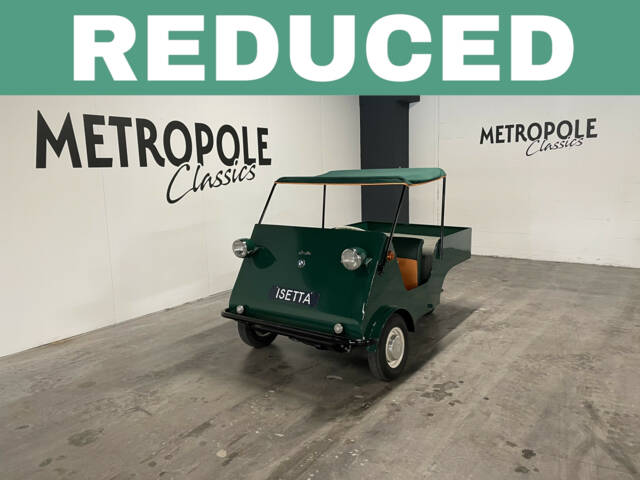
1955 | BMW Isetta hunting car
BMW Isetta OLD PRICE: € 37.500,- M0553
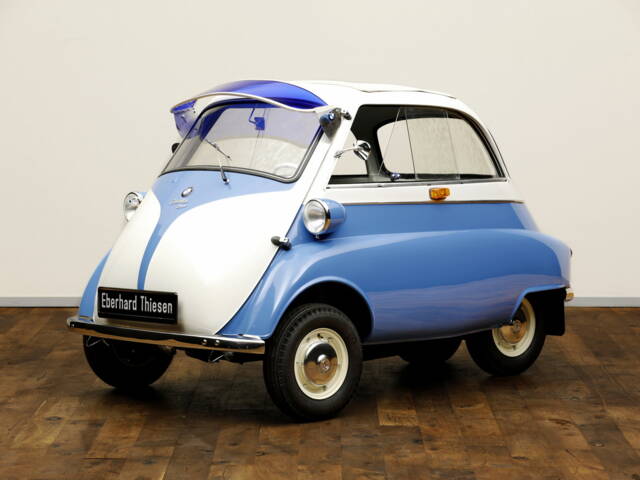
Introduction and History of the BMW Isetta
The BMW Isetta emerged during a time of great change, as BMW sought new ways to establish itself in the market after World War II. The license from Iso provided an ideal solution: a compact, revolutionary vehicle that combined space with economical operation. Nearly 162,000 units were produced between 1955 and 1962, making the Isetta one of BMW's most successful models of that era. Its unique design, featuring a front door that opens like a refrigerator, made it a standout and a practical city car.
Features of the BMW Isetta
The BMW Isetta is no ordinary car – it represents an era of innovation and utility. With a single-cylinder motorcycle engine and a top speed of 85 km/h, the Isetta offers surprising fun with minimal consumption. Its construction with a solid front door and space-saving design perfected the microcar concept. The Isetta was also available as a "three-wheel variant" for export, combining innovative ideas with practical solutions for everyday use. With a market share of about 1.7%, the Type 102 was highly sought after by classic car enthusiasts.
Technical Specifications
Buying Guide: Weak Points, Maintenance, and Reliability
The BMW Isetta is known for its robustness and reliability, yet some weaknesses are notable. The rear wheel arches, floor panels, and front wheel housings are prone to rust. However, the mechanics are impressively long-lasting, with the single-cylinder engine requiring an overhaul only after about 50,000 km. The characteristic "vibration behavior" of the engine cover is well-known but easily fixed, thanks to a good supply of spare parts, sturdy construction, and support from many Isetta clubs worldwide. Consider a realistic budget and consult experts to assess the true original condition when purchasing.
Performance, Transmission, and Handling
The Isetta's 1-cylinder four-stroke engine, adapted from BMW's motorcycle engineering, impresses with pragmatic power delivery via a driveshaft to the rear axle. A unique feature is the reverse gear, which makes the Isetta a flexible city mobile. The nimbleness and direct driving feel provide an unparalleled driving experience – perfect for lovers of originality.
Interior, Comfort, Exterior, and Design
The Isetta combines clear design with comfort and utility. From the iconic steering wheel that moves with the opening of the front door to the two-tone paintwork, the Isetta offers charismatic features. Accessories such as sun visors, rubber floor mats, and chrome exterior mirrors were hallmarks of German production quality. The design is not only functional but conveys the feeling of freedom in a compact space through intelligent use of space.
Conclusion
The BMW Isetta remains a popular collector's item today – a classic that is loved for its charming uniqueness. A true classic for enthusiasts wanting to drive a piece of history. With its unique appearance and solid engineering, it offers an unparalleled experience. The interplay between originality and functionality continues to make the Isetta a fascinating option for lovers of special vehicles.